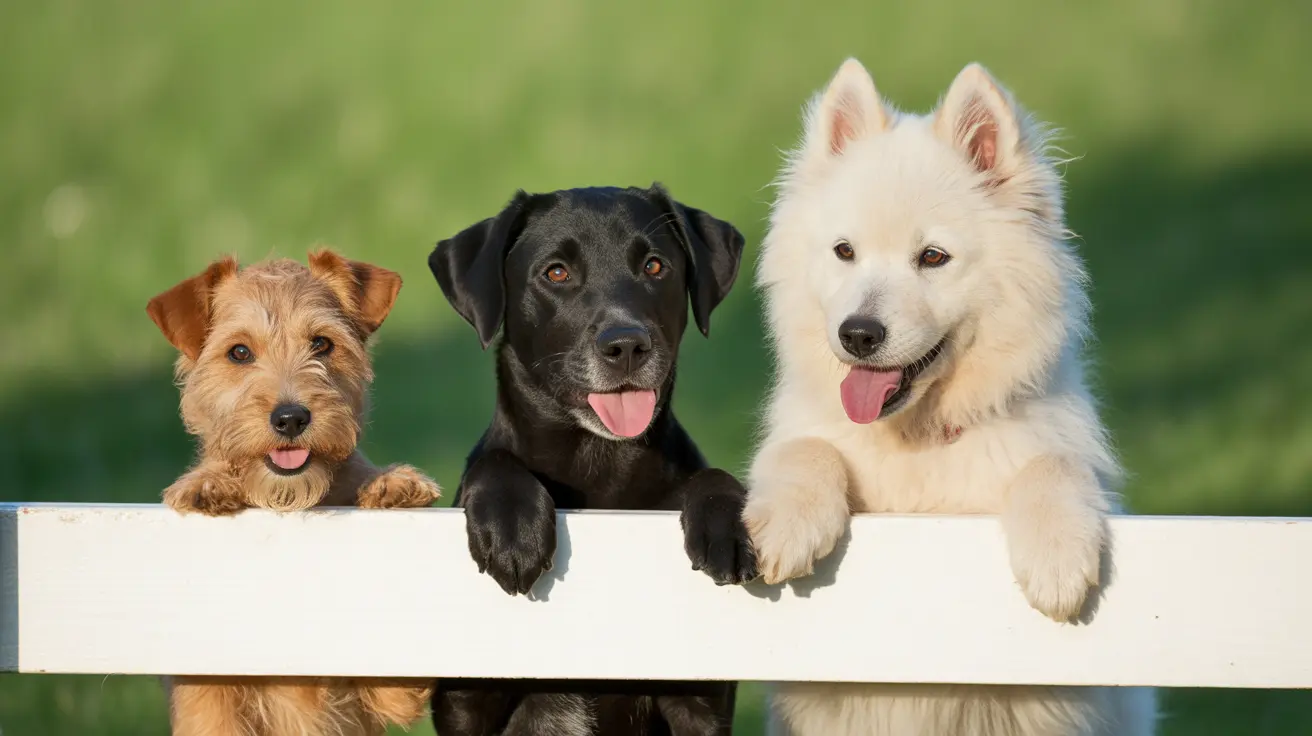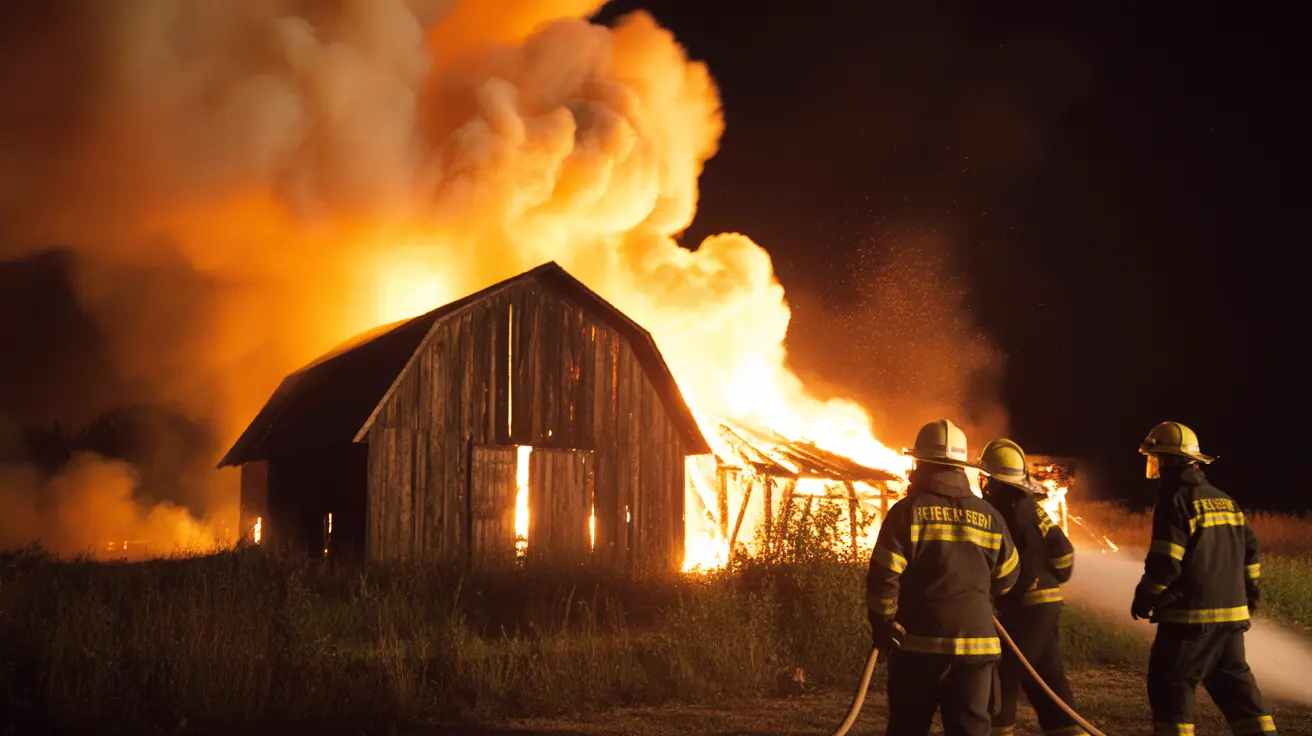How Long Should Dogs Chew on Antlers? Expert Guidance for Pet Owners
Antler chews are widely marketed as natural, durable dog treats that can keep pets entertained while offering nutritional benefits. However, this popular chew option has become a source of debate among veterinary professionals due to the risks associated with their use. If you've been wondering how long your dog should chew on an antler — or whether they should chew one at all — this article provides crucial insights based on expert recommendations and scientific findings.
The Allure of Antler Chews
Antlers from deer, elk, moose, and reindeer are sliced and sold in pet stores as long-lasting chew toys. Many owners are drawn to them because:
- They're natural and odor-free
- They contain essential minerals like calcium and phosphorus
- They're mess-free and don't stain carpets
- They may help reduce boredom and anxiety
The Safety Concerns: Why Vets Advise Against Them
Despite their popularity, over 90% of veterinarians do not recommend antler chews due to multiple serious health risks:
- Fractured teeth: Antlers are extremely hard and can easily cause cracks or breaks in your dog’s teeth, especially the large premolars used for chewing.
- Choking hazards: As dogs gnaw on antlers, small sharp pieces can break off and become lodged in the throat.
- Gastrointestinal blockages: Swallowed chunks can lead to intestinal obstructions, which often require emergency surgery.
So, How Long is Too Long?
The real answer is that any amount of chewing on antlers carries a risk, so veterinarians advocate for avoiding them entirely. There is no standard safe time for chewing on an antler — even a few minutes can result in a dental fracture or ingestion of splintered fragments.
Dogs Most at Risk
- Puppies: Those under 6 months should never have antlers. Their teeth and jaws are still developing and can be permanently damaged.
- Senior dogs: Older dogs with worn or diseased teeth are highly vulnerable to injury from hard chews.
- Aggressive chewers: Dogs that enjoy hard chewing exert more pressure, increasing fracture risks.
Signs Your Dog is in Trouble
If your dog has been chewing on an antler, look for the following danger signs:
- Broken teeth: Drooling, reluctance to eat, pawing at the mouth.
- Choking or gagging: Sudden coughing or struggle to swallow.
- Blockage symptoms: Vomiting, abdominal discomfort, loss of appetite.
Approved Alternatives to Antlers
The good news is there are many safe and vet-approved substitutes for antlers:
- Rubber chew toys (e.g., Kong, Zogoflex): Durable and safer for teeth.
- Rope toys: Gentle on mouths and good for interactive play.
- Frozen treats: Soft fruits like bananas or yogurt in ice cubes for teething relief.
- VOHC-approved dental chews: Products with the Veterinary Oral Health Council seal have been tested for safety and efficacy.
Guidelines to Follow
- Test the chew: If it’s too hard to comfortably tap against your kneecap, don’t give it to your dog.
- Supervise all chewing: Monitor your dog to intervene if a problem arises.
- Inspect chews regularly: Remove if they splinter or get small enough to swallow.
- Consult your vet: Ask for recommendations tailored to your dog’s size, age, and dental health.
Conclusion
While antler chews may seem like an appealing, natural option, the reality is that they pose substantial health risks to your pet. There is no safe duration for letting your dog chew on an antler because the threat of tooth fractures, choking, and gastrointestinal issues arises immediately and can have lasting consequences. Instead, choose safer alternatives and consult your veterinarian for chew suggestions catered to your dog’s needs. Your dog's dental and overall health will thank you for it.





